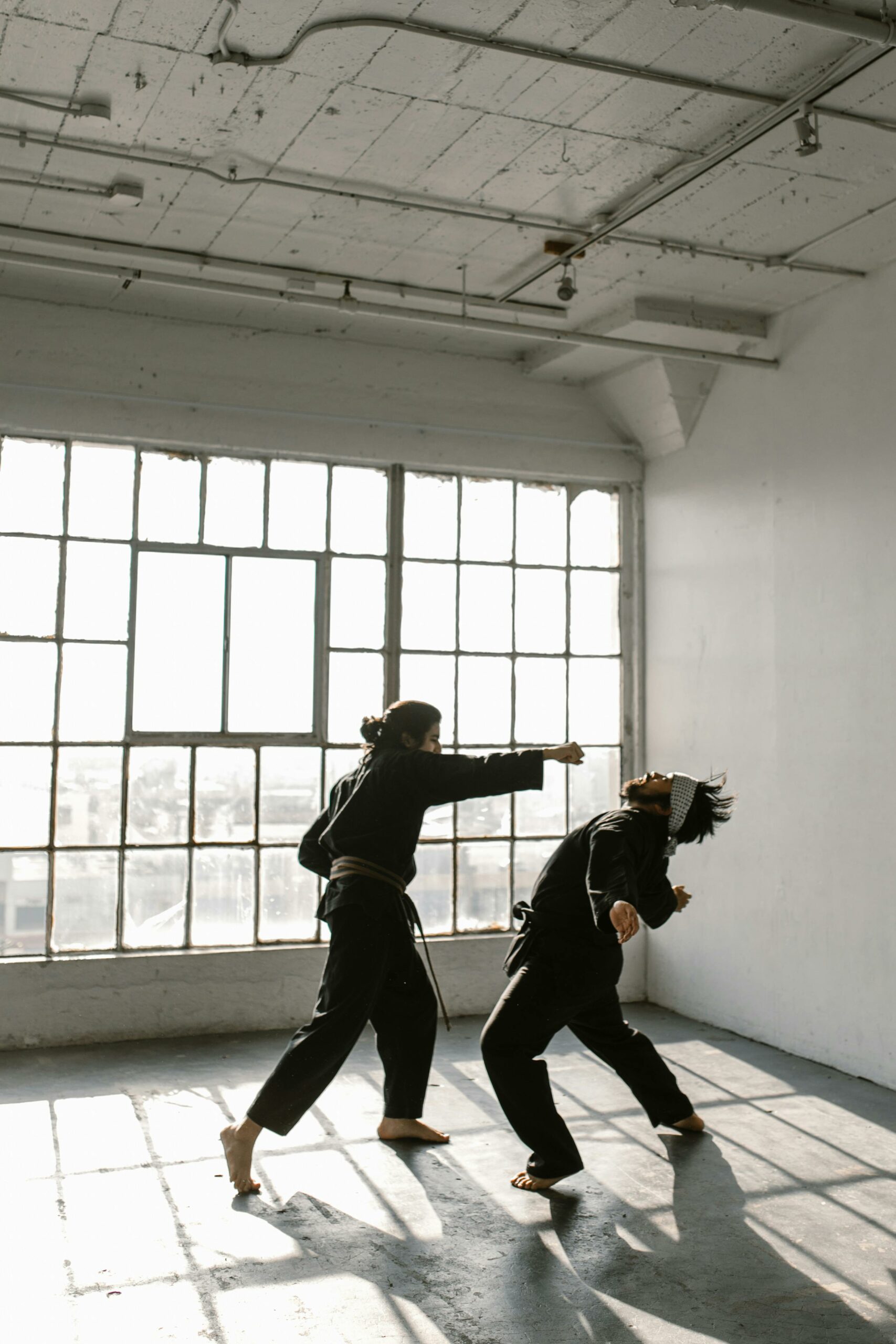Muay Thai, also known as Thai boxing, is a combat sport from Thailand that uses stand-up striking along with various clinching techniques. Known as the “Art of Eight Limbs,” it incorporates punches, kicks, elbows, and knee strikes, making it a comprehensive and dynamic martial art. The history of Muay Thai is rich and complex, reflecting the culture and traditions of Thailand.
Early Origins of Muay Thai
The origins of Muay Thai can be traced back several centuries, though the exact beginnings are difficult to pinpoint due to the lack of written records. Muay Thai likely evolved from older forms of martial arts practiced in the region, such as Krabi Krabong, which is a weapons-based fighting system. These early martial arts were developed by the Thai people as methods of self-defense and military training.
Muay Boran: The Precursor to Muay Thai
Muay Boran, meaning “ancient boxing,” is the traditional form of Thai martial arts that predates modern Muay Thai. It was used by Thai warriors in combat and was an integral part of military training. Muay Boran included techniques that were later refined and standardized in Muay Thai. Unlike Muay Thai, Muay Boran was not regulated by any formal rules, and it involved a wider range of techniques, including grappling and joint locks.
Muay Thai in the Ayutthaya Period (1350-1767)
During the Ayutthaya Kingdom, Muay Thai gained prominence as both a practical fighting skill and a form of entertainment. Soldiers trained in Muay Thai to prepare for hand-to-hand combat. The sport also became popular among the general populace, with competitions held at local festivals and celebrations. Fighters wrapped their hands with strips of horsehide or hemp, a practice that later evolved into the modern use of gloves.
The Role of Muay Thai in Thai Culture
Muay Thai is deeply embedded in Thai culture and traditions. It is not just a sport but a cultural heritage that reflects the values and history of the Thai people. Traditional ceremonies and rituals are an integral part of Muay Thai, including the Wai Khru Ram Muay, a ritual dance performed before matches to pay respect to teachers and ancestors.
Modernization of Muay Thai in the 20th Century
The early 20th century marked significant changes in Muay Thai. The introduction of Western boxing techniques and rules led to the modernization of the sport. Gloves replaced the traditional hand wraps, and standardized rules were established to ensure the safety of fighters. Muay Thai gained international recognition and began to be promoted as a competitive sport beyond Thailand’s borders.
The Establishment of Muay Thai Organizations
In the mid-20th century, several organizations were established to govern and promote Muay Thai. The most notable of these is the World Muay Thai Council (WMC), founded in 1995. The WMC plays a crucial role in standardizing rules, organizing international competitions, and promoting Muay Thai worldwide.
Muay Thai’s Global Influence
Muay Thai’s influence has spread globally, with practitioners and enthusiasts found in every corner of the world. The sport’s popularity has led to the establishment of numerous training camps and gyms outside of Thailand. Muay Thai techniques have also been integrated into other combat sports and self-defense systems, including Mixed Martial Arts (MMA).
Muay Thai in Mixed Martial Arts
The effectiveness of Muay Thai striking techniques has made it a staple in the training regimens of many MMA fighters. The use of elbows, knees, and clinching in Muay Thai provides a significant advantage in close-range combat. As a result, many top MMA fighters have incorporated Muay Thai into their skill set, further boosting the sport’s global profile.
The Cultural Significance of Muay Thai
Muay Thai is not only a sport but also a way of life for many Thai people. It embodies the values of respect, discipline, and perseverance. The sport is often practiced from a young age, with many children taking up Muay Thai as a means of personal development and to honor their cultural heritage.
Muay Thai Festivals and Celebrations
Throughout Thailand, Muay Thai is celebrated with festivals and events that highlight its cultural significance. One of the most prominent events is the annual National Muay Thai Day on March 17, commemorating the legendary Muay Thai fighter Nai Khanom Tom. These celebrations include traditional matches, demonstrations, and ceremonies that honor the history and traditions of Muay Thai.
Training and Techniques in Muay Thai
Training in Muay Thai is rigorous and demanding, focusing on developing strength, agility, and technique. A typical training regimen includes conditioning exercises, technique drills, sparring, and clinch work. Muay Thai fighters must master a variety of techniques, including punches, kicks, elbows, knees, and clinch fighting.
The Art of Eight Limbs
Muay Thai is often referred to as the “Art of Eight Limbs” because it utilizes eight points of contact: fists, elbows, knees, and shins. This makes it a versatile and effective striking art, capable of delivering powerful and precise attacks from various angles and distances.
Common Techniques in Muay Thai
- Punches: Jab, cross, hook, and uppercut are the basic punches used in Muay Thai.
- Kicks: The roundhouse kick, teep (push kick), and low kick are fundamental kicks in Muay Thai.
- Elbows: The horizontal elbow, diagonal elbow, and upward elbow are commonly used for close-range strikes.
- Knees: The straight knee, diagonal knee, and flying knee are effective for both offense and defense.
- Clinching: The clinch is a key aspect of Muay Thai, allowing fighters to control their opponent and deliver knee strikes.
The Evolution of Muay Thai in the 21st Century
In recent years, Muay Thai has continued to evolve, with new techniques and training methods being developed. The sport has also seen increased participation from women, with female fighters gaining recognition and opportunities to compete at high levels. Additionally, Muay Thai has become more accessible to people of all ages and fitness levels, making it a popular choice for fitness and self-defense.
Women in Muay Thai
The participation of women in Muay Thai has grown significantly, with many female fighters achieving success on the international stage. This has helped to break down gender barriers and promote equality within the sport. Women now have more opportunities to train, compete, and excel in Muay Thai, contributing to the sport’s growth and diversity.
The Future of Muay Thai
The future of Muay Thai looks promising, with the sport continuing to gain popularity worldwide. Efforts to promote and preserve the cultural heritage of Muay Thai are ongoing, ensuring that future generations can appreciate and participate in this ancient art. As Muay Thai continues to evolve, it remains a powerful and enduring symbol of Thai culture and martial arts excellence.
Muay Thai in the Olympics
There have been ongoing efforts to include Muay Thai in the Olympic Games. While it has yet to be officially recognized as an Olympic sport, Muay Thai has been included in various international multi-sport events, such as the Asian Games. The inclusion of Muay Thai in the Olympics would further elevate its status and provide a platform for showcasing its rich history and techniques to a global audience.
Conclusion
Muay Thai is more than just a combat sport; it is a cultural treasure that reflects the history, values, and traditions of Thailand. From its ancient origins to its modern-day global influence, Muay Thai has evolved while maintaining its core principles and techniques. Whether practiced for self-defense, fitness, or competition, Muay Thai offers a unique and rewarding experience for practitioners around the world. As the sport continues to grow and evolve, it remains a testament to the resilience, skill, and spirit of the Thai people.


